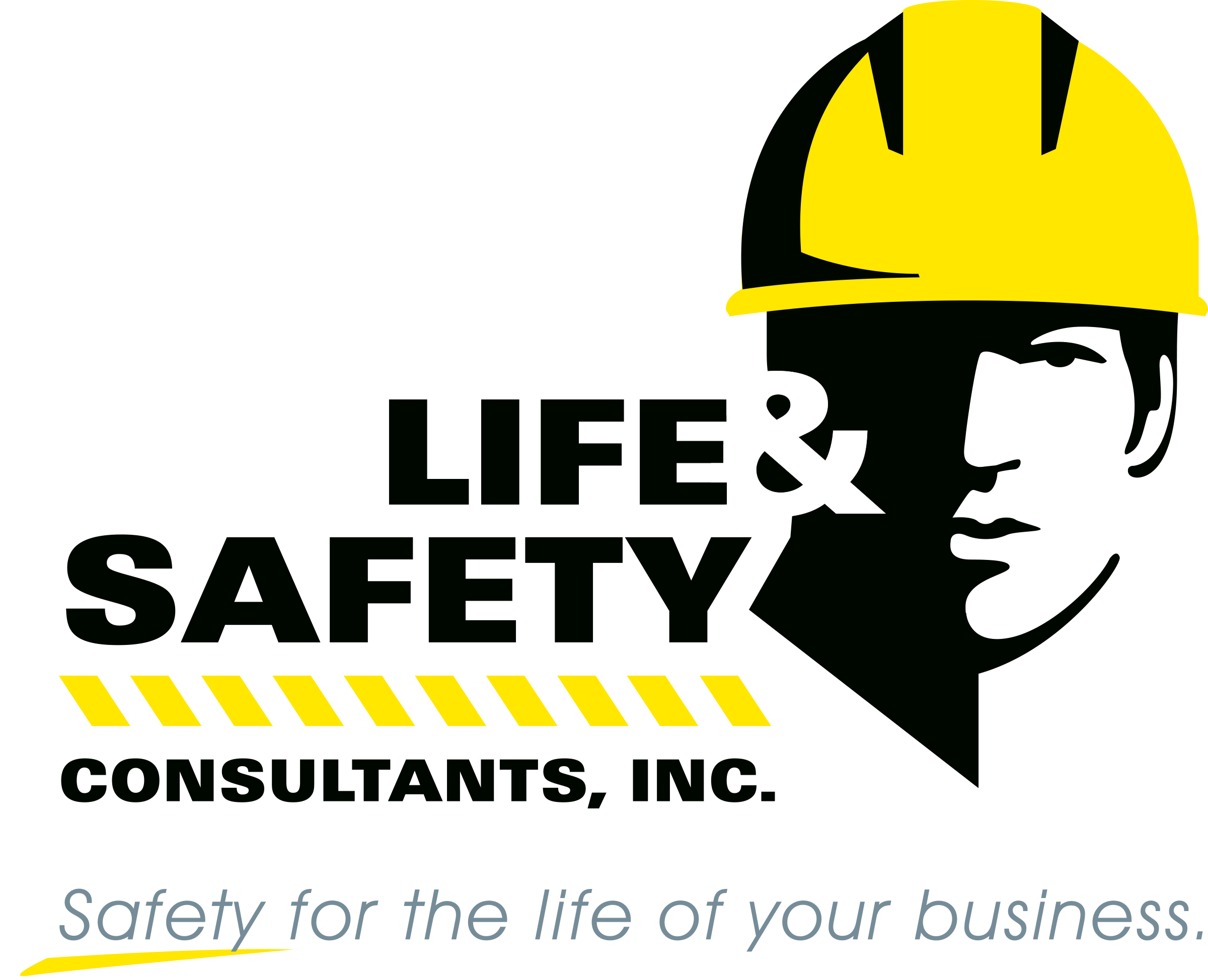Thank goodness 2020 is over! What a crazy year. COVID-19 dominated the economy and impacted how businesses had to operate to keep everyone healthy and safe. There was racial unrest, and it was a Presidential election year, both of which dominated the news cycles along with COVID-19. Most businesses are glad to put 2020 in the rear-view mirror and look towards a more profitable 2021.
Despite the challenges of the past year, business leaders should be looking at their business results and asking themselves and their teams to review their continuous improvement processes. Did these processes improve bottom-line results? Will they drive improved results in 2021? To examine the continuous improvement process, look at two elements: culture and tools.
Culture. When examining continuous improvement processes, businesses must look closely at their continuous improvement culture. The best tools applied in a poor continuous improvement culture will bring few if any results. A strong culture is necessary to sustain achieved improvements.
- A strong continuous improvement culture is one that engages everyone in making improvements. Starting at the top, the leadership of the organization engages in and drives process improvements. The front-line worker should be expected to come to work and not only achieve the targets for the day, but there should also be an expectation to make improvements.
- Standards are also an essential part of a continuous improvement culture. Improvement cannot be made when there is chaos. There must be standards for how employees do their work and an expectation that these standards will be followed. If the standards cannot be followed or can only partially be followed, then a strong culture of continuous improvement will identify these shortcomings and drive changes to the standards.
- Another element of a strong continuous improvement culture is integration of problem solving into daily routines. During the daily review of results, is there equal time given to review what was done to improve a process or solve a problem? Problem-solving should be second nature for all employees.
- Are supervisors and employees proactive to make improvement or only reacting to what goes wrong? A strong culture of continuous improvement is one where problems are anticipated. New performance targets are routinely set and regularly achieved.
- Recognition and celebration of successes is also key to drive an improvement culture. Whether large or small, continuous improvement achievements should be recognized and celebrated. From a simple handshake and thank-you, to a team celebration, or occasionally a more substantial reward, recognition of success will reinforce and help to generate a strong continuous improvement culture.
Tools. Continuous improvement tools must be adapted for the types of processes operating in the business. Effective continuous improvement process tools will have similar characteristics whether operating in a process that is discrete or continuous, lean or batch and queue.
- An effective continuous improvement process will have a standard problem-solving process. Toyota is famous for their “A3” form. Ford has an 8-step process. These problem-solving processes are not radically different from one another, but they all provide their companies a common method of addressing problems on the shop floor.
- Root cause analysis is an essential part of the problem-solving process. It is necessary to find the root cause before generating solutions. This is key to efficient problem solving. One wants to solve problems one time rather than repeatedly because only the symptom of the problem was being addressed.
- Tools need to exist to drive waste elimination and/or the elimination of unnecessary work. Often companies rely too heavily on investment to drive progress. While investments may be needed to adapt to the changing market or new technology, the focus of a continuous improvement process should be the elimination of activity that does not bring value for its customers. A business should be able to identify and measure the improvement achieved from investment separately from achievement from the elimination of waste/unnecessary work.
- The ultimate goal of a robust continuous improvement process is to drive out variation. Lean, Six Sigma, or Theory of Constraints are all appropriate toolkits to achieve variation reduction. The approach depends upon the type of process. One will not know if variation is being reduced unless it is being measured.
There will always be environmental factors outside the control of a business. This was certainly the case in 2020. Yet, a strong continuous improvement process that includes a robust culture and effective tools will help a business to survive and even thrive in a challenging environment. 2020 is in the rear-view mirror. Is your continuous improvement process ready for 2021 and beyond?
–
 About the Author: Mike Ungar is a Certified FocalPoint Business Coach and Trainer. He has 35 years of experience with Michelin in manufacturing and human resources. Mike is a graduate of the United States Military Academy at West Point and the Clemson MBA program.
About the Author: Mike Ungar is a Certified FocalPoint Business Coach and Trainer. He has 35 years of experience with Michelin in manufacturing and human resources. Mike is a graduate of the United States Military Academy at West Point and the Clemson MBA program.




Be the first to comment on "Are Your Continuous Improvement Processes Working?"